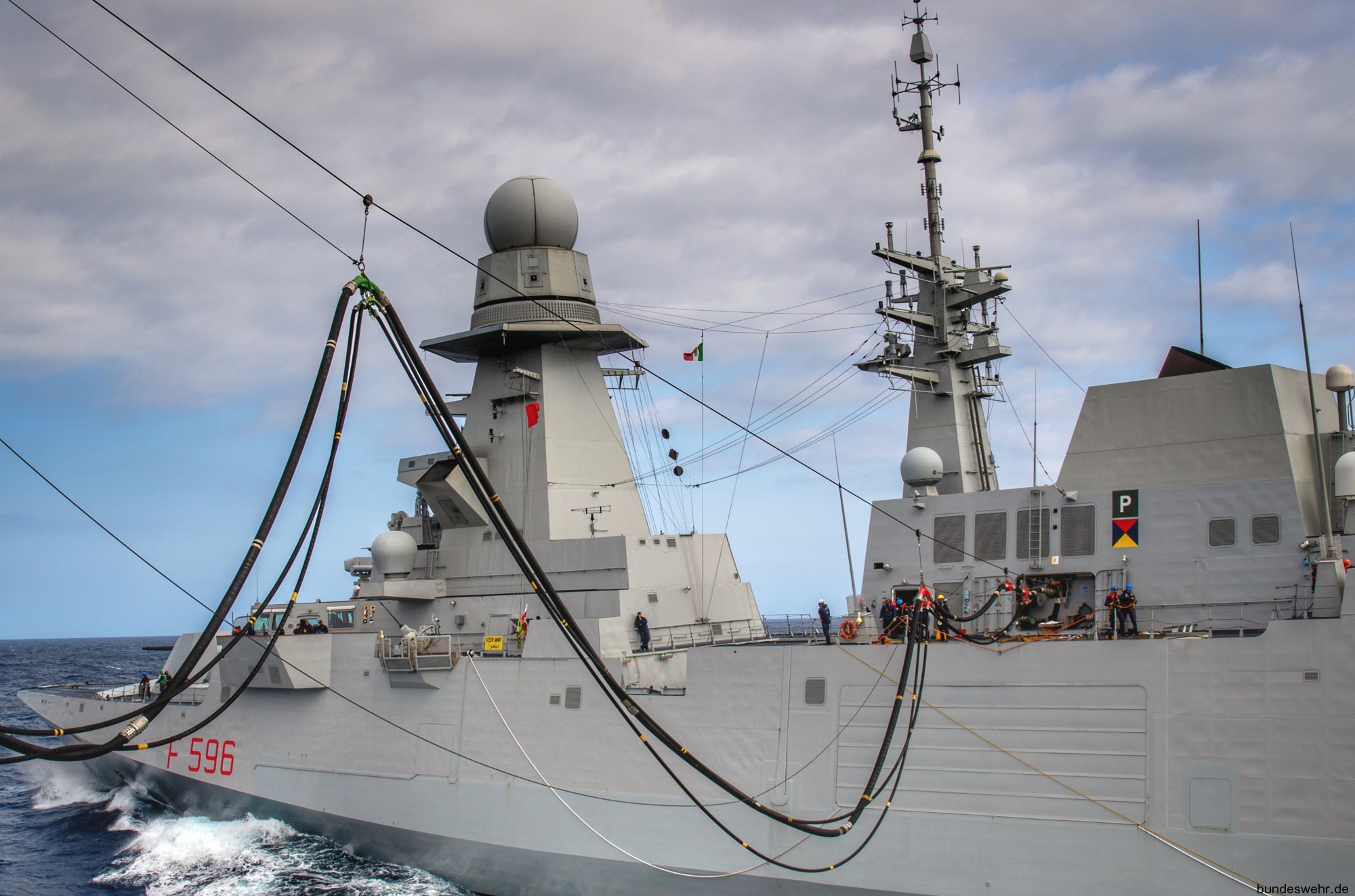Federico Carlo Martinengo (18 July 1899 - 9
September 1943)
... was an Italian flying ace, credited with five aerial
victories, during World War I, and an Italian admiral during
World War II.
Early life and service:
Federico Carlo Martinengo was born in Rome on 18 July 1899.
The son of a naval officer, he studied the classics in
school before moving on to the Regia Accademia Navale in
Leghorn in September 1911. After graduating as a midshipman
on 25 May 1915, the day after Italy entered World War I was
serving on the Italian battleship Dante Alighieri when Italy
entered the war in 1915.
World War I and aviation career:
During World War I, Martinengo first served on board the
battleship Conte di Cavour and later on the transport
Trinacria. Having volunteered for aviation soon after the
war began, he trained at Taranto, then reported to the main
Italian naval base at Venice, in September 1916.
On 10 October 1916, he was flying as an observer with Pietro
Valdimiro when they clashed with an Austro-Hungarian
seaplane. From a position below and ahead of the seaplane,
Martinengo managed to knock out its engine with gunfire.
This first victory (which granted him a Silver Medal of
Military Valor) was soon followed by a second on the 23rd.
Then, on 11 November, Martinengo was transferred to Grado.
His friendly good cheer was to be put to the test in the
command of 1a Squadriglia (soon to be re-dubbed 253a
Squadriglia).
Summer 1917 was spent by Martinengo familiarizing himself
with a new plane, the Macchi M.5 seaplane. When enough of
the new planes accumulated, they were formed into the new
260a Squadriglia with Martinengo included. The new squadron
was thrown immediately into battle covering the retreat from
the Battle of Caporetto. On 5 November 1917, they were
disgraced during an escort mission, when the
Austro-Hungarian aces Godwin Brumowski, Frank
Linke-Crawford, and Rudolf Szepessy-Sokoll shot down the
Macchi L.3 being escorted. In December, Martinengo was
promoted to command of the squadron.
About February 1918, he was promoted to Lieutenant. On 4 May
1918, he led an interception off Trieste of four
Austro-Hungarian seaplanes led by Gottfried Freiherr von
Banfield.
Three of the Austro-Hungarian planes fell before the guns of
Martinengo, Calvello, Pierozzi and their squadronmates.
Banfield also went down, but escaped by gliding to friendly
waters, where he was rescued. In June, Martinengo was
transferred off combat duty after 172 sorties; he moved to
Bolsena Flying School. There he taught American as well as
Italian naval aviators. In September, he was posted to
Otranto. The war ended during this assignment.
Interwar years:
Martinengo remained in the surface navy after the war. In
1919 he became executive officer on a torpedo boat; he was
promoted to Lieutenant Commander in 1927 and to Commander in
1932. Between 1931 and 1933, he commanded the Italian naval
detachment at Tianjin, China. Back to Italy, he attended the
Naval Warfare Institute and became Captain, after which he
was appointed commander of the Leros naval base and later of
the light cruiser Muzio Attendolo.
World War II:
Soon after Italy's entry into World War II, on 9 July 1940,
Martinengo participated in the Battle of Calabria, in
command of Attendolo. After some more missions with the
cruiser, including escorting a convoy to Libya and taking
part in the contrast of Operation Hats, in October 1940
Martinengo became Chief of Staff of the Taranto Naval
Department, a charge that he held until promoted to Rear
Admiral. On 10 April 1943, he was appointed
commander-in-chief of the anti-submarine forces of the
Italian Navy, with seat in La Spezia.
The announcement of the armistice between Italy and the
Allies found Martinengo in Rome; acting upon instructions he
had received, in the morning of 9 September 1943 he reached
La Spezia, ordered every operational submarine chaser to
move south to reach an Allied-controlled port, and then left
himself La Spezia onboard the submarine chaser VAS 234, in
company with her sistership VAS 235.
Around 12:30 on the
same day, the two submarine chasers met two German R boats
off Gorgona Island; the latter commanded them to stop, but
Martinengo ordered to increase speed instead, upon which the
German units opened fire with their machine guns, and the
Italian submarine chasers returned fire. They fought with
their machine guns till 13:20, then Martinengo ordered to go
nearer to the coast in nearby Cala Scirocco, so that they
would obtain support from the Italian coastal batteries on
the island (as the German R-Boats were more heavily armed
than his two VAS). Having personally taken the helm of VAS
234, Martinengo was hit ten minutes later by a burst of
machine gun from one of the R-Boats, and he was killed
instantly. VAS 234 was also set afire, but she managed to
reach the shore and allow her crew to disembark, before
exploding and sinking.
Martinengo's body (he had been the only casualty in the
fight) was recovered on 14 September and buried at Gorgona;
he was posthumously awarded the Gold Medal of Military
Valor.
source: wikipedia |



|
|


































